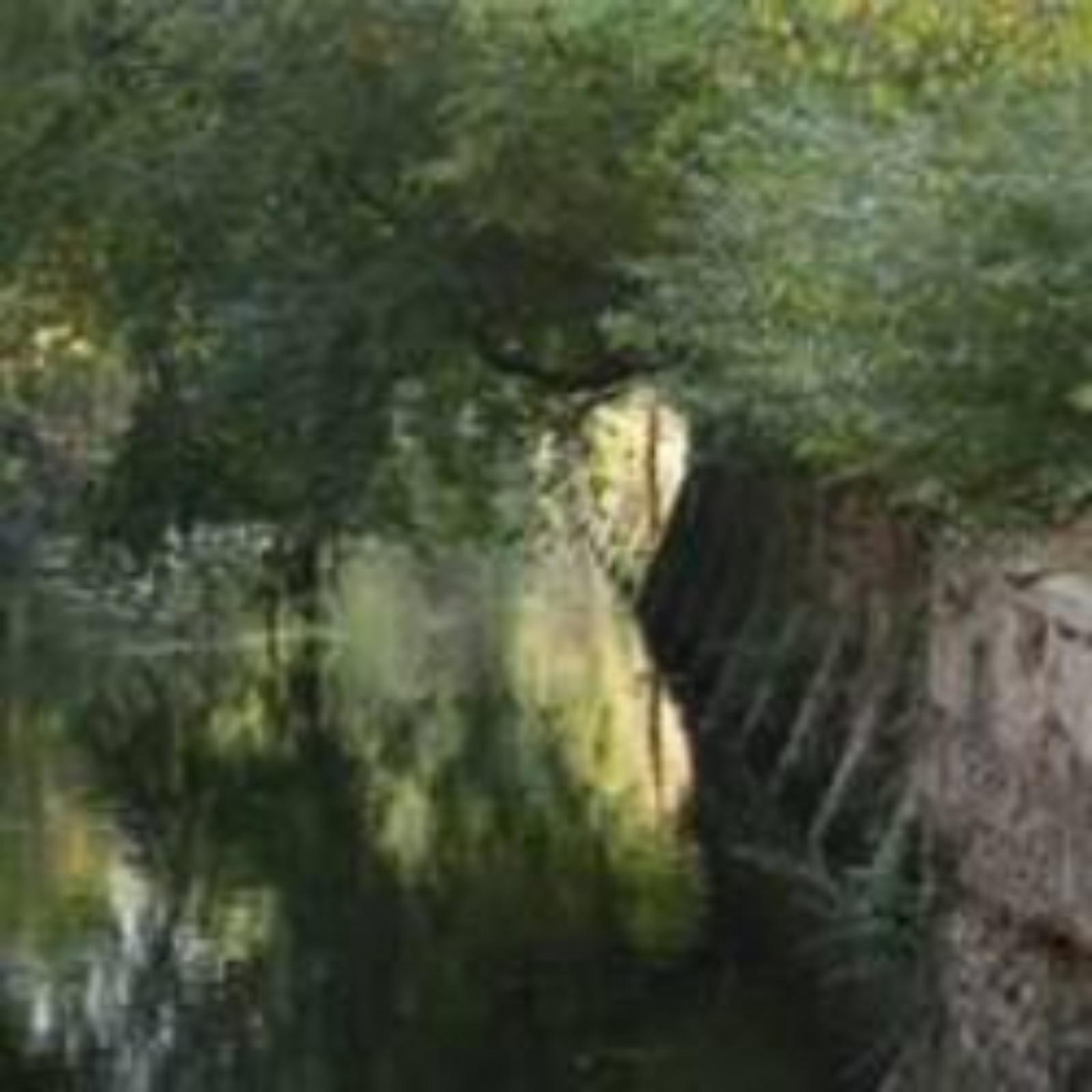From the end of the 12th century until the early 20th, the Navile Canal was the main water course of the Bolognese territory.
Bringing together the water from the Reno and Sàvena Canals, as well as the River Áposa, the Navile’s 40 kilometres connected Bologna to the ''great highways'' of the Po Valley (today largely reclaimed), along which it was possible to reach the sea and Venice.
All along its route, the canal functioned as an extraordinary means of communication, used particularly for transporting goods, above all silk.
Now as then, the Navile leaves the city near the ancient port (today the “Manifattura delle Arti”, an arts complex) and ends up joining the Reno at Passo Segni, near Malalbergo. This was where the '' superior navigation'' ended and the journey could only be continued after changing to a different vessel.
The canal is about 10 metres wide and along its banks there are the “restare”, paths for the oxen and horses which pulled the barges. The numerous “sostegni” (locks) along the first stretch of the canal served to overcome the different levels between the high and low plains, and in 1775, a lock was added at Malalbergo, thanks to which it was possible to avoid having to change vessels.
At the turn of the 20th century, when its economic function was over, the Navile became a favourite spot forboating trips organized by the newly created Touring Club. Following its course today means passing through eight centuries of history and great changes in a lovely natural setting.
The Navile passes through Castel Maggiore in the Castello area, where you can admire the ruins of an ancient fort, the Sostegno di Castagnolo Maggiore, built by Ercole Bentivoglio in 1497. The location becam, from the 19th century onwards, the centre of manufacturing activities thanks to the initiative of the Pizzardi family.
Map
The Navile Canal and the sostegno of Castel Maggiore
Castello
40013 Castel Maggiore
Interests
- Art & Culture

